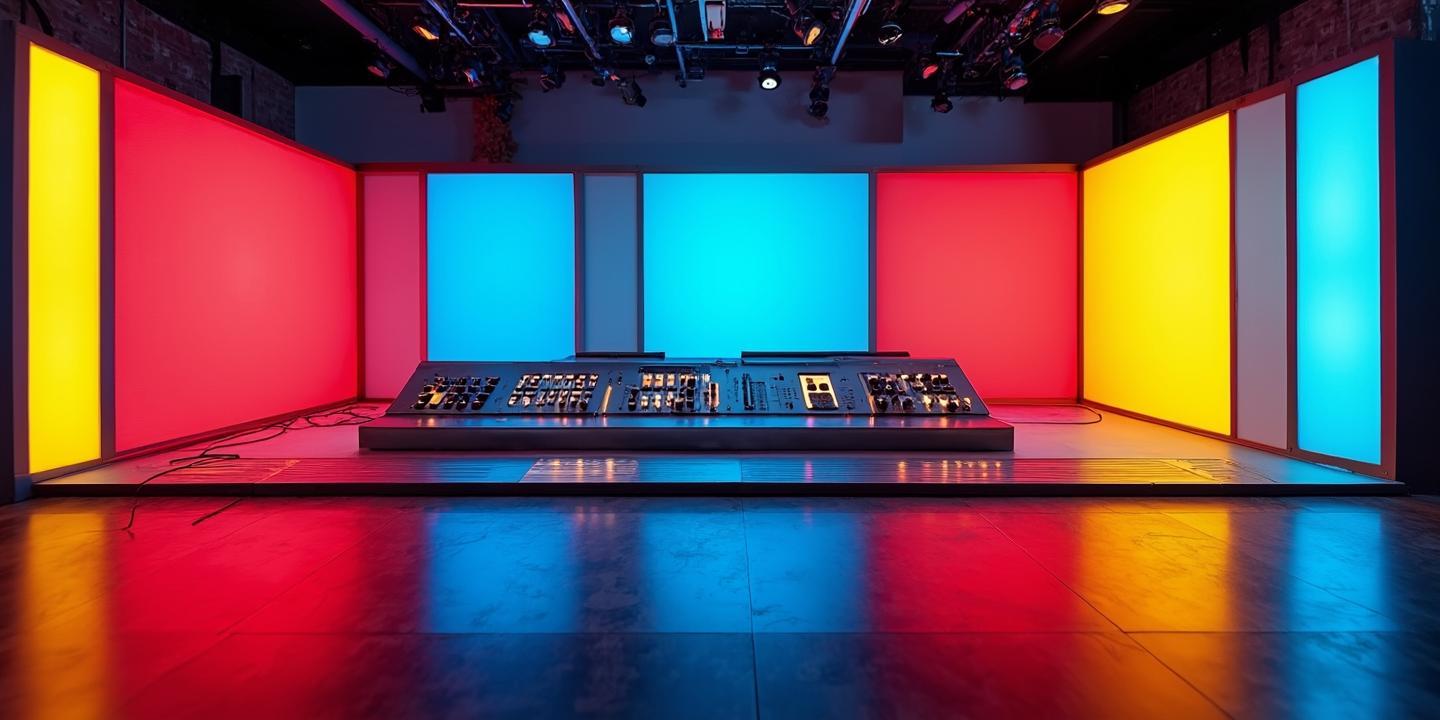发布时间2025-03-16 06:34

The human nose is not just a vital organ for breathing and smelling; it also serves as a fascinating subject for educational exploration. In the classroom, leveraging the nose as a theme can engage students in a variety of interactive and informative activities. These activities not only enhance their understanding of biology but also foster creativity, critical thinking, and sensory awareness. Here are 10 nose-related classroom activities that can transform a typical lesson into an unforgettable learning experience.
Understanding the structure of the nose is fundamental. Begin with a detailed discussion about the nose’s anatomy, including the nasal cavity, septum, and olfactory receptors. Create a model of the nose using clay or paper mache, allowing students to visualize and label each part. This hands-on approach helps solidify their knowledge and makes complex biological concepts more accessible.
The sense of smell is closely linked to the nose, and exploring it can be both fun and educational. Set up a smell test using various substances like vanilla extract, lemon juice, and vinegar. Blindfold students and ask them to identify each scent. This activity not only sharpens their olfactory senses but also introduces them to the science behind how smells are detected and processed by the brain.
Encourage students to think outside the box by using the nose as a metaphor in creative writing. Assign a prompt such as “Write a story where the main character’s nose has a special power.” This exercise stimulates imagination and allows students to explore narrative techniques while incorporating a unique biological element.
Delve into history by discussing famous figures known for their distinctive noses, such as Cleopatra or Cyrano de Bergerac. Research and present on how these individuals’ noses influenced their lives or were depicted in art and literature. This activity provides a historical context and encourages students to appreciate the diversity of human features.
Art classes can benefit from a focus on the nose as well. Study famous portraits and analyze how artists have depicted noses throughout different periods. Students can then create their own nose-focused artwork, experimenting with various techniques and styles. This activity enhances their artistic skills and deepens their understanding of anatomy in art.
Incorporate math by having students measure and compare the lengths and widths of their noses. Create a class data set and analyze the results using graphs and charts. This activity integrates math skills with a biological focus, making it a cross-curricular exercise that reinforces both subjects.
Explore the cultural significance of noses in different societies. Discuss how various cultures perceive and adorn noses, from nose rings in India to the significance of the nose in Native American traditions. This activity broadens students’ cultural awareness and highlights the nose’s role beyond its biological function.
Teach students about the importance of nasal health and hygiene. Demonstrate proper techniques for blowing the nose and using nasal sprays. Discuss common nasal issues like allergies and sinus infections, and how to manage them. This practical knowledge empowers students to take better care of their noses and overall health.
Incorporate drama by having students role-play scenarios where the nose plays a central role. Create skits about sneezing fits, nasal surgeries, or even a detective using their keen sense of smell to solve a mystery. This activity fosters creativity and public speaking skills while keeping the focus on the nose.
Discuss the impact of environmental factors on the nose, such as air pollution and allergens. Conduct a simple experiment to test air quality around the school and its effects on nasal health. This activity raises awareness about environmental issues and their direct impact on human biology, encouraging students to think critically about their surroundings.
By integrating these 10 nose-related classroom activities, educators can create a dynamic and engaging learning environment. These activities not only cover a wide range of subjects but also ensure that students develop a comprehensive understanding of the nose’s role in their lives. Whether through hands-on experiments, creative writing, or cultural exploration, the nose proves to be a versatile and enriching theme for classroom learning.
猜你喜欢:flag什么意思
更多少儿英语